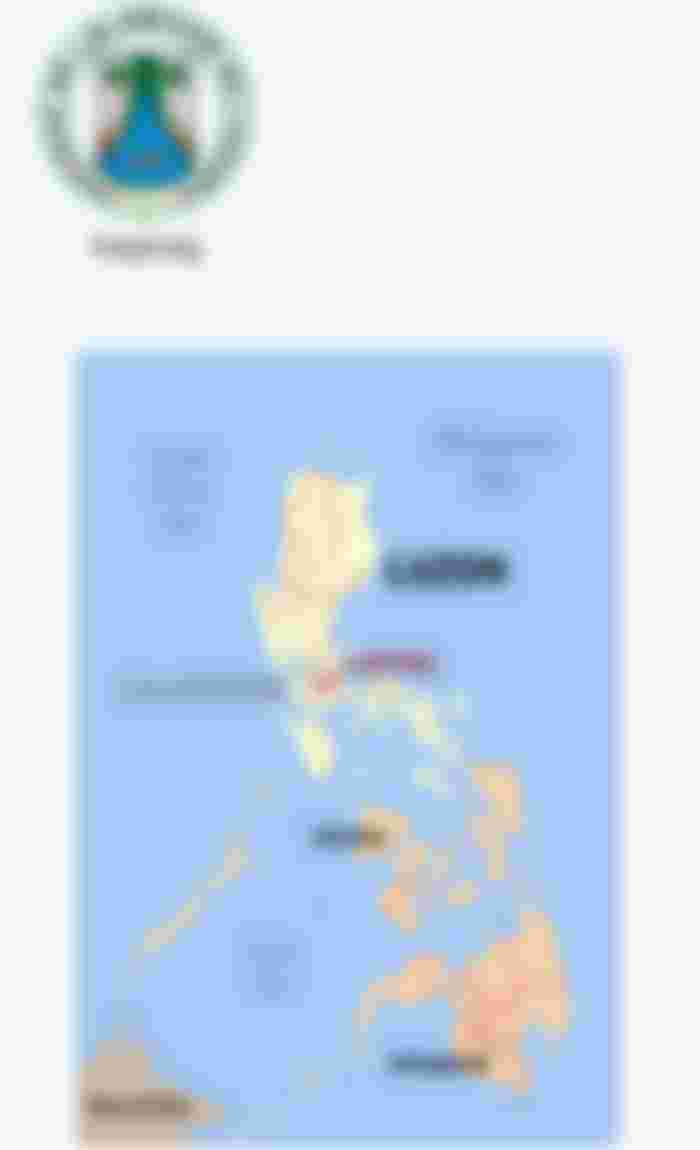Laguna (province)
Province of the Philippines
Laguna is a province of the Philippines located in the CALABARZON region of Central Luzon. Santa Cruz is the seat of government and is located southeast of Greater Manila, south of the province of Rizal, west of Quezon, north of Batangas and east of Cavite. Laguna is almost surrounded by Laguna de Bay, the largest lake in the country. The province derives its name from the Spanish word lago, which means lake.
Province of Laguna

Country---Philippines
Region---CALABARZON (Region IV-A)
Establishment---10 March 1917
The capital---Santa Cruz
Divisions
City (highly urbanized) —0, City (part) —7,
Towns — 24,
Barangay — 674,
District — 4
Government--- • Governor Ramil Hernandez
Area (17th smallest) • Total 1,759.7 km2 (679.4 square miles) in population, in density
Language---English,Tagalog
For other uses, see Laguna (clarification).
Laguna is known as the birthplace of José Rizal, the national hero of the Philippines. Foreign tourists also visit the Falls of Pagsanjan, Pila Village, Laguna, carved wooden people in Paete and Pakil, the hot springs in Los Baños near Mount Makiling and the Hidden Valley Springs in Calauan.
* Another tradition of Laguna is the ANILAG Festival. This is a week-long festival that takes place in March. The ANILAG Festival is being held in gratitude to those who have blessed years. ANILAG Festival is held by beauty pageants, dancing, food shows, and woodcarving competitions. Another tradition, the ANILAG Festival is also a way for the Laguna government to showcase its wonderful scenery, rich local food and, of course, the talents of its locals. As the festival unfolds, a hundred Filipino tourists from all over the world as well as foreigners also want to gather to witness the grand annual celebration.
History Change
The name of the province of Laguna follows the Laguna de Bay, a part of the water that forms the northern border of the province. Laguna de Bay, in turn, is named after the town of the Bay (The word Laguna de Bay is derived from the Spanish word meaning "Lake of the Bay"), the province's earliest capital city. Captain Juan de Salcedo with a squad of one hundred Spanish-Mexican soldiers and a number of Visasian invaders occupied the province and surrounding areas for Spain in 1571. Seven years later, two Franciscan priests began to be baptized the people there.
